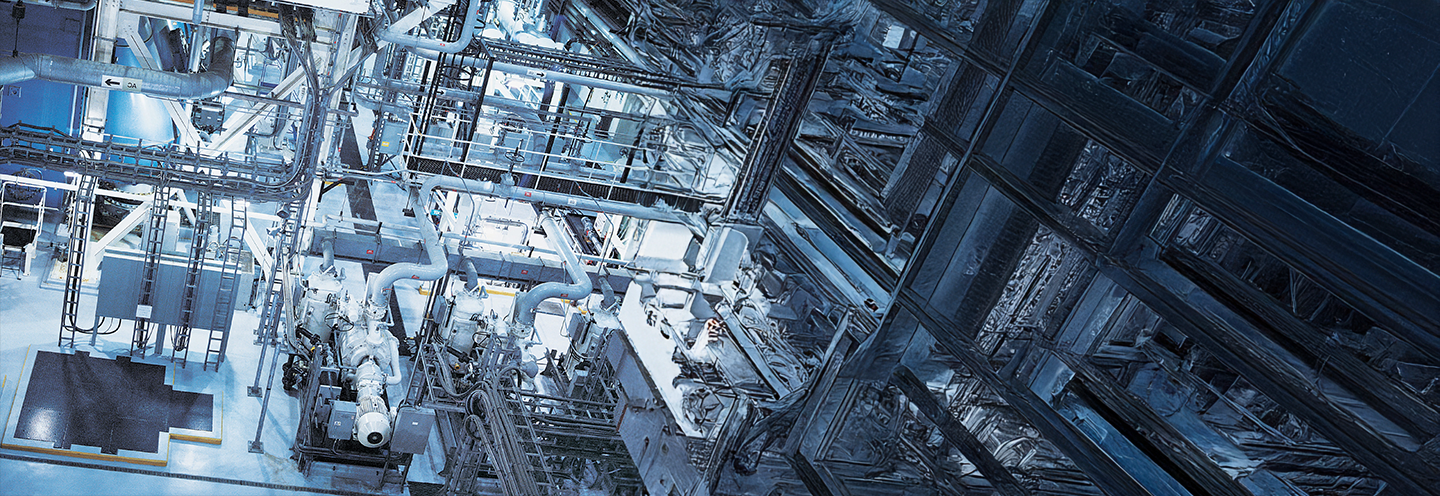The circular economy is continuing to gain traction in today's organizations. In other words, they are increasingly embracing sustainable development principles when producing their goods and services, while striving to reduce resource use, improve resource efficiency and minimize the amount of waste generated. The circular economy aims to curb our impact on the environment. As growing efforts are made to protect our planet, recycling has become a major challenge for our society.
For example, ever since France revised its industrial waste regulations in 2017, the requirements for segregating industrial waste have become even more stringent. As the pressure to improve material recycling rates climbs ever higher, the waste segregation industry is forced to use an increasingly effective array of sophisticated technologies.
This is exactly where infrared technology comes into the picture. IR is capable of detecting details that are invisible to the naked eye and can therefore accurately distinguish between different types of materials, especially plastics, which in turn ramps up recycling performance. So how are these detectors managing to bring superior precision to waste sorting processes?
That is what we are going to find out in this article.
Identifying the different types of materials
- How is waste sorted with the infrared technology?
Recycling systems use conveyor belts carrying a mixture of all the waste materials that have to be sorted. Each type of material that needs detecting emits a specific wavelength in the SWIR range. An optical device (such as a prism) diffracts the different wavelengths across the sensor. Therefore, each line in the sensor will see a separate wavelength, meaning that the sensor can acquire different wavelengths at the same time. The idea is to use the principles of materials physics and take advantage of the property whereby each material emits a distinctive spectral response. The detector can help recycling systems recognize and identify materials, which can then be forwarded along a specific conveyor belt for each type of material.
Technically speaking, the sensor frequency may be in excess of 300 Hz with VGA resolution or even higher with a windowed format (i.e. when only a certain part of the sensor is used), such as in the kHz range with the QVGA format. This high frequency improves both the performance and efficiency of the infrared technology for sorting and recycling waste.
To find out more about the infrared technology and its different applications, click on the button below and take a free look at our e-book on how innovative infrared technologies are being used to keep people safe.

- Identifying different types of plastics
Recycling companies can now harness high-performance IR technologies to simplify their waste sorting processes and improve their recycling rates. If we recycle our waste, we can reduce the amount of global CO2 emissions produced every year.
Thermal imaging has the ability to distinguish between different types of materials and components according to their chemical composition. The actual composition determines the material's wavelength, meaning that recycling systems can identify specific categories of materials and separate them accordingly for recycling.
Infrared sensors that are capable of working within the SWIR spectral band can now be used to detect different types of black plastics, including expanded polystyrene, polypropylene, ABS and PVC, as well as rubber.
- Identifying textile materials
Cutting-edge infrared detectors can be coupled to waste sorting machines to turbocharge their performance by accurately identifying residual materials. This development represents a major step forward after the European Commission launched a new set of directives in 2018 on recycling textiles and fabrics as part of its aim to see all textiles around the world reused from 2025.
There is a growing urgency to separate textiles so that they can be recycled. At the present time, IR is the only technology that can power this type of sorting process. Textiles possess individual spectral characteristics that can be used to grade the type of fabric. Their chemical and molecular structures are different, regardless of whether they are made from natural fibers like cotton, animal fibers like wool, or synthetic fibers like polyester. They emit different wavelengths, meaning that they will behave differently in how they absorb, reflect or refract waves. As such, recycling systems can identify and separate the different types of fibers and substances with even greater reliability.
Infrared sensors working in the near-infrared region of the spectrum (NIR) clearly identify the chemical composition of the inspected material and can therefore be used to create the foundations of an automated textile sorting system.
With every passing day, infrared technology brings new evidence of how it can create added value and drive performance in a growing number of applications. We have just seen that IR is playing an especially active role in protecting the environment through its ability to accelerate, simplify and improve the waste segregation process.
The technology is also helping promote the circular economy, which aims to eliminate waste by reusing resources when manufacturing new products. Some machines fitted with infrared technology can separate up to six tons of plastic packaging every hour.
To find out more about the infrared technology and its different applications, click on the button below and take a free look at our e-book on how innovative infrared technologies are being used to keep people safe.












